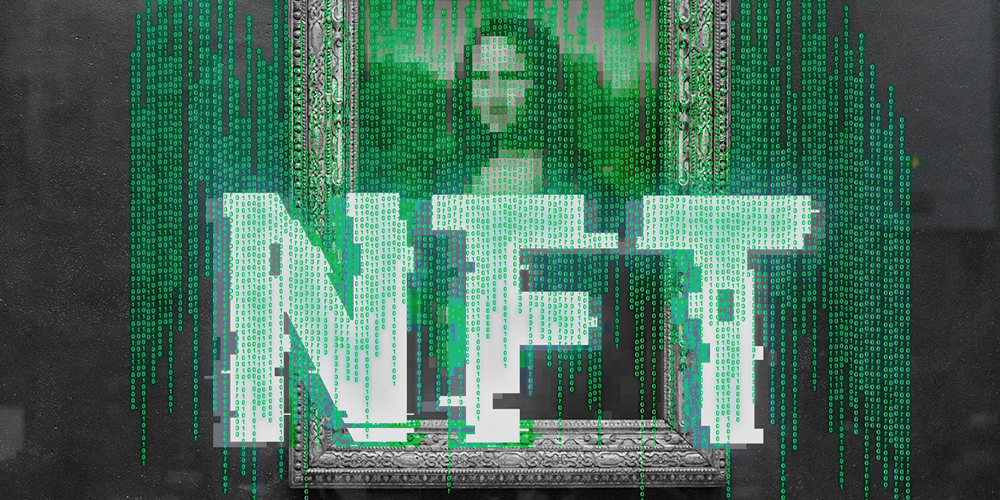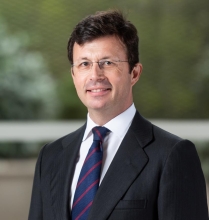Money laundering in the NFT market

The non-fungible tokens (NFT) market presents similar money laundering risks to the traditional money laundering model used in the art market.
A report by Chainanalysis (a global platform specialized in assessing and monitoring blockchain technology) published in February 2022, explains that NFTs as an asset class are exponentially gaining value, as the assets attract new users and transactions with high values in this market. In terms of transaction volume, it is estimated that in 2021 transactions in the NFT market totaled more than US$ 26.9 billion, in ERC-721 and ERC-1155, the two types of Ethereum smart contracts associated with NFT marketplaces and collections.
By way of a reminder, non-fungible tokens (NFTs) are digital certificates of authenticity, which are associated with certain digital files (individual files containing images, videos, text or compressed files which have a unique value) through blockchain technology. One of the characteristic features of NFTs is their nonfungible nature, which makes them irreplaceable and unable to be substituted or replicated; insofar as they cannot be traded or exchanged at equivalency, unlike currencies.
In this respect, NFTs share a particular similarity with works of art, as pieces that are also unique and irreplaceable and able to take the form of crypto-art. They may show a similar pattern to the archetypal problem of money laundering in the art market. Art transactions have historically provided an attractive opportunity for money laundering, mainly because of the subjective value associated with works of art, the ease of transporting them in many cases, and the opacity that transactions with works of art may have.
These characteristics of the art market are sharper in relation to NFTs, in view of the speed and agility of blockchain transactions and the lack of information on the movement of funds. This is explained by these transactions being tied to a cryptocurrency, and the self-sufficiency these assets have online, in terms of storage. The report moreover highlights the vulnerability of these virtual assets to hyper speculation, in very short timeframes, whereas the traditional art market has relatively slow trading cycles.
In this respect, a practice known as wash trading has been identified in the NFT market, consisting of transactions in which the seller and purchaser of NFTs is the same person in successive transactions. The gain lies in increasing (or inflating) virtual asset values, through this repetitive speculative behavior, which catches the attention of potential buyers who end up buying an asset at a very high price with enrichment for the agent who gave rise to that wash trading. According to the data provided in the Chainalysis report, a group of 110 NFT owners achieved US$ 8.9 million in profits from wash trading.
This practice shows, as the FATF highlighted in a targeted update on implementation of the FATF standards on virtual assets and virtual asset service providers, that more exhaustive and customized rules are needed for this growing market, based on the risks it presents. Accordingly, because NFTs appear to fall outside the scope of application of the proposal for a MiCA Regulation which is intended to apply to crypto-assets, and they do not fall either among the financial instruments regulated by the MiFID II rules, the option is being considered of treating them as assets akin to works of art, which would open the door to effective regulation by broadening the scope of institutions subject to AML/CTF obligations, for the purpose of including these platforms for NFT transactions.
In March 2022 European supervisory authorities EBA, ESMA and EIOPA published a joint statement warning consumers about the risks of crypto-assets, among other reasons, due to their speculative uses. The statement also refers to consumers’ growing interest in NFTs although it does not specifically mention the money laundering risk in these platforms’ activities. The Spanish supervisory authorities, for their part, have expressed the same concern with the publication of a joint statement.
Contact

